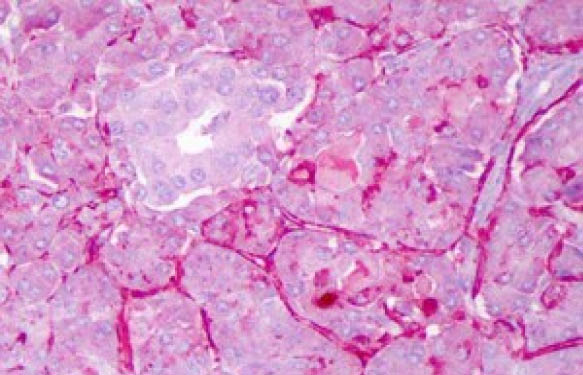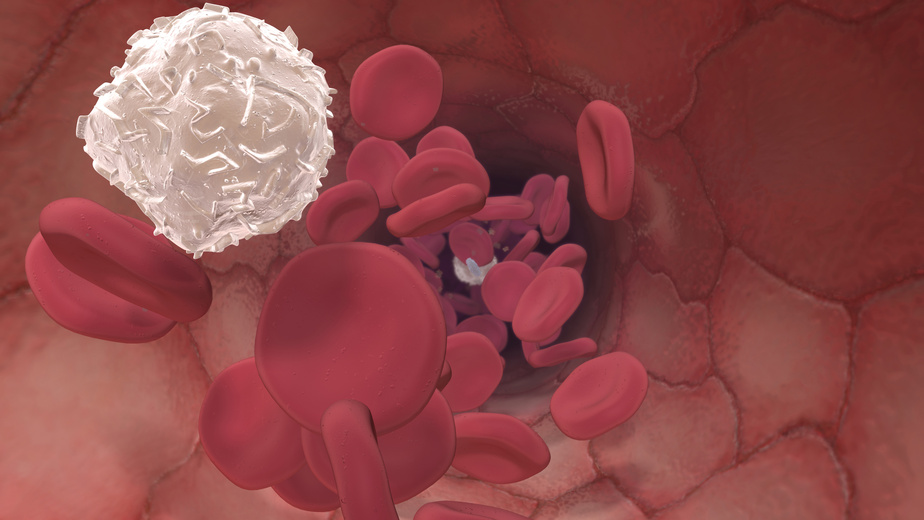
Searching for predictive biomarkers lies in the heart of the concept of Personalised Medicine. Leaving aside some ethical aspects such as whether you want to know (or having other people knowing) your genetic disposition and/or the impact that your life style / environment will have in your future health (not to mention that these tools are still only accessible to a small percentage of the world’s population), we mention here some points that should be addressed if you want to start a study to find new predictive biomarkers.
Tip #1 – we are not equal
In previous posts, we discussed about whether samples from a cohort should be pooled or not. Searches for predictive biomarkers should not use pooled samples. The individual differences may have an enormous meaning in the final outcome of the study, as they include genetic, environmental and life style factors. This is especially important when prospective studies are performed (i.e. studying the markers in a given population, and then linking the biomarkers to the health status years or decades later).
Tip #2 – go the whole nine yards
Predictive biomarkers can be in very low concentrations in a biological sample. This means that, ideally, you should aim at getting quantitative results, as very little differences, which may not be observed in semi-quantita tive studies, may mean something.
tive studies, may mean something.
Quantification vs broad profiling has always posed a problem. It is virtually impossible to run tests for each and every marker (mainly due to cost and sample volume limitations). A new array allowing to screen for more than 600 secretome biomarkers, in a quantitative way, may be a good approach to study hundreds of secretome factors in a low sample volume (less than 1 ml).
For circulating biomarkers (e.g. miRNA), it is important to use technologies that do not require a pre-amplification step, as this may cause a biass in the found miRNAs, which may hide the predictive biomarkers in our sample. Toray’s technology, offered by tebu-bio laboratories, is a suitable technology for this kind of studies.
Tip #3 – be open
For studies on predictive biomarkers, it is important to be patient and open. Meaning that the biomarkers that you thought were predictive in the first stages of your project, may not be predictive at all. Follow your cohort as much as you can, and be prepared to change your hypothesis over time.
Also, when you design your study, try to use, as much as possible, non-invasive samples. Saliva and urine are preferred, serum / plasma are also acceptable. It is not convenient to use biopsies as reference sample, as this may impact the motivation of the patients you are following to be monitored over longer periods of time.
The experts at tebu-bio’s Biomarkers team can assist you in finding the best strategy for your specific study on predictive biomarkers. Don’t hesitate to contact them!



